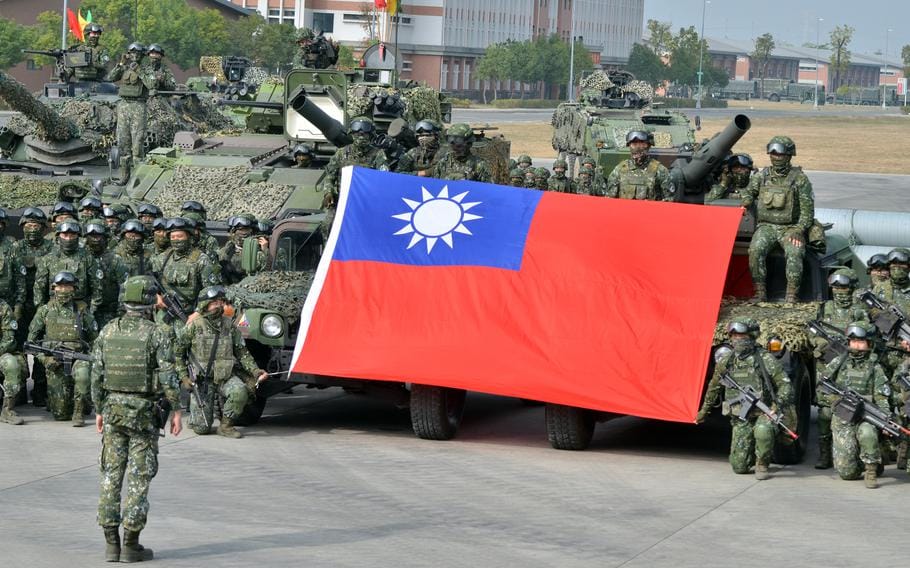As tensions mount in the Indo-Pacific, the United States faces an urgent and complex challenge: navigating China’s intensifying pressure on Taiwan. Beijing’s approach has shifted from the prospect of outright invasion to a more insidious strategy known as “gray zone” warfare—a blend of military posturing, cyber operations, economic coercion, and disinformation campaigns designed to destabilize Taiwan without triggering a full-scale conflict.
China’s Gray Zone Playbook: Coercion Without Invasion
Rather than launching a conventional military assault, China is employing a multifaceted strategy to undermine Taiwan’s autonomy:
- Military Encirclement: The People’s Liberation Army (PLA) has escalated its activities around Taiwan, conducting exercises that simulate blockades and amphibious assaults. These maneuvers aim to intimidate and isolate Taiwan, signaling Beijing’s readiness to assert control without direct confrontation.
- Cyber and Disinformation Campaigns: Taiwan’s infrastructure and public opinion are under siege from sophisticated cyberattacks and AI-driven disinformation efforts. These operations seek to erode trust in democratic institutions and sow discord within Taiwanese society.
- Economic Pressure: China is leveraging its economic might to coerce Taiwan, implementing trade restrictions and pressuring international companies to sever ties with the island. This economic warfare aims to weaken Taiwan’s resilience and global standing.
U.S. Response: Strengthening Deterrence

In response to China’s gray zone tactics, the United States is enhancing its military and diplomatic posture in the region:
- Military Deployments: The U.S. has increased its presence near Taiwan, deploying advanced missile systems and conducting joint exercises with allies to demonstrate commitment to regional stability.
- Strategic Partnerships: Washington is deepening ties with regional partners, including the Philippines and Japan, to create a united front against coercive actions.
- Support for Taiwan: The U.S. continues to provide Taiwan with defensive capabilities and political support, reinforcing the island’s ability to resist pressure.
🧭 Navigating the Gray Zone: A Delicate Balance
The U.S. faces the challenge of countering China’s gray zone tactics without escalating into open conflict. This requires a nuanced approach that combines military readiness with diplomatic engagement and support for democratic values.
As China continues to test the boundaries of aggression, the international community’s response will be critical in determining the future of Taiwan and the stability of the Indo-Pacific region.

